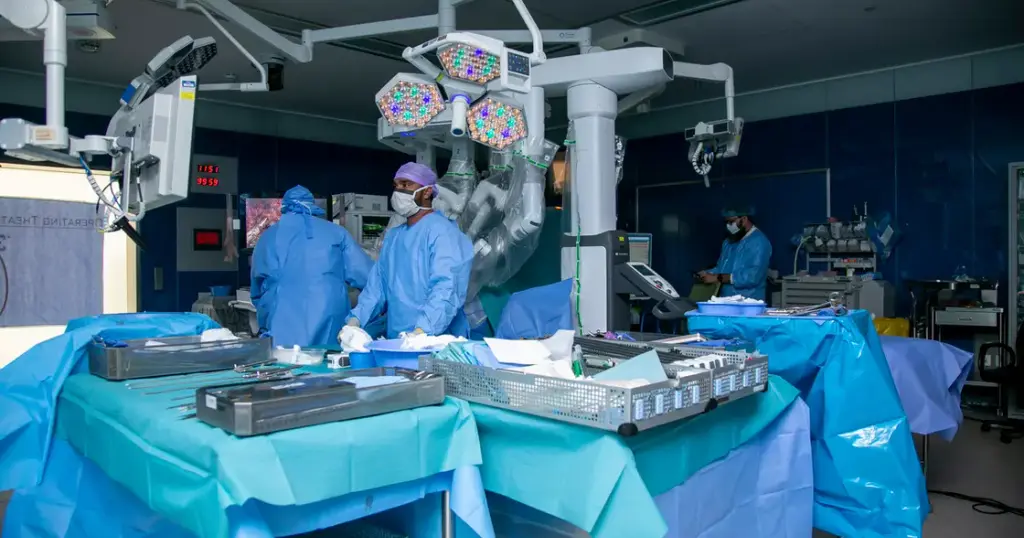Longevity, influence and the social media trap: Who do we trust with our health?
In a world where six-pack abs are flaunted more than six-point health plans, who are we really trusting […]

Surgeons at Kenyatta National Hospital (KNH) have reached a significant milestone by successfully conducting the first minimally invasive kidney transplant using laparoscopic or keyhole surgery.
The hospital announced on February 8 that the procedure was performed on a 36-year-old patient named Dickens Njoroge, who had been grappling with kidney disease for years.
The medical team, led by Dr Charles Waihenya and Dr Pfirst-everaul Njogu, the head of the Renal Unit at KNH, indicated that the success of this groundbreaking achievement is attributable to recent advancements in urological surgery, driven by progress in engineering and computer technology
The KNH further noted that “7,000 Kenyans are currently undergoing renal dialysis, with the majority relying on the NHIF cover to cushion them from the adverse cost of treatment. A session now costs Sh6,500 (approximately $40), down from Sh9,500 (approximately $59).”
Benjamin Wambugu, a nephrologist, told the Nation that “dialysis is a lifesaving treatment but comes at a cost, and so transplantation is the way to go, although the current challenge is the availability of donors and the cost of treatment. In laparoscopy, we divide the muscles into two, and after the surgery, within 24 hours, one can go home.”
On his part, Dr Njogu said, “Since 2010, we have transplanted at least 250 patients, and our patients have been doing well. We have been following them up, and at the moment, we can do one transplant every week. Yes, we have not reached where we want to be, [as] we would like to be transplanting at least two patients every week,” he said.
Laparoscopy, also known as keyhole surgery, is a medical procedure used for both diagnostic and treatment purposes. This minimally invasive surgical technique enables a surgeon to perform procedures within the abdominal or pelvic regions using small incisions and a camera, the NHS UK notes.
Unlike traditional open surgery, laparoscopy involves making only a few small cuts, through which specialized instruments and a camera, known as a laparoscope, are inserted. The camera provides a clear view of the internal organs, allowing the surgeon to navigate and carry out various procedures with precision.

In a world where six-pack abs are flaunted more than six-point health plans, who are we really trusting […]

In the era of social media, post-COVID, and with mental health at the forefront, a shift is taking […]